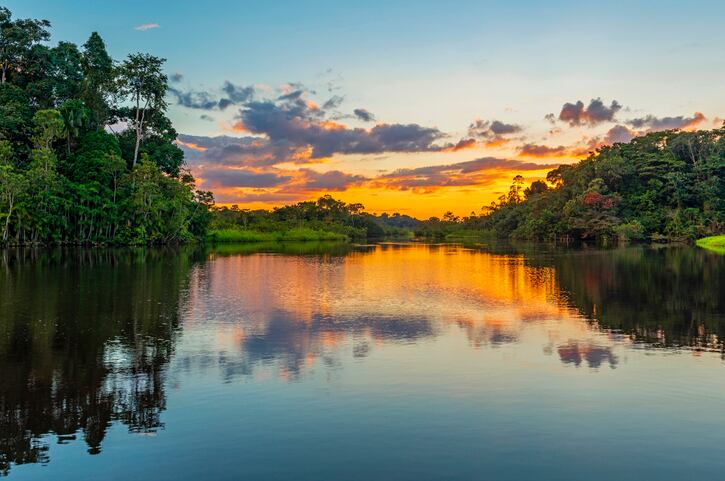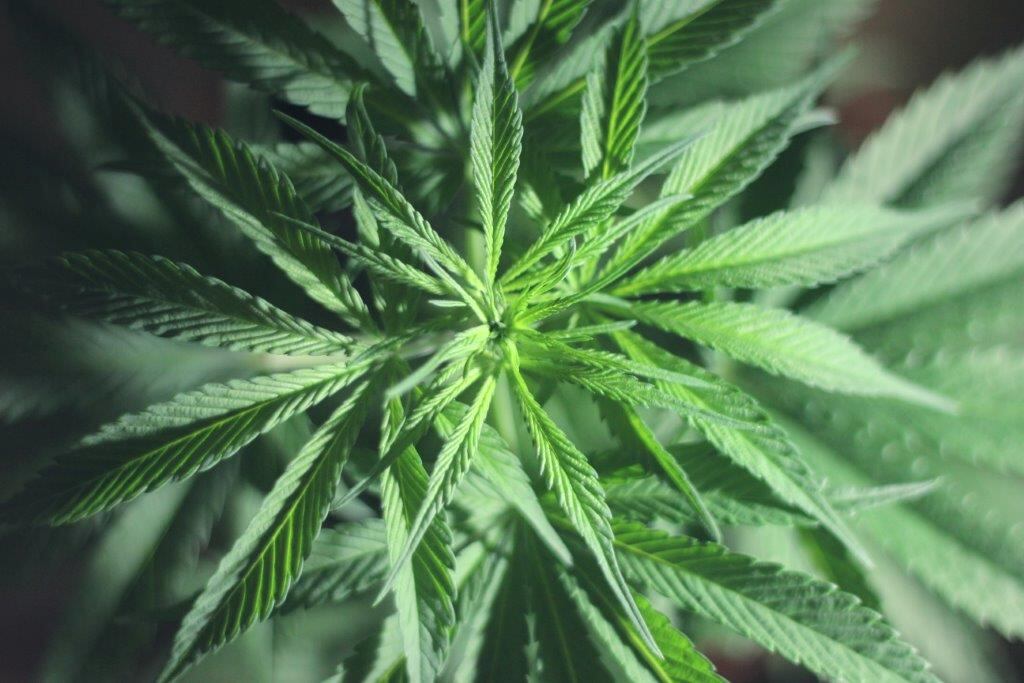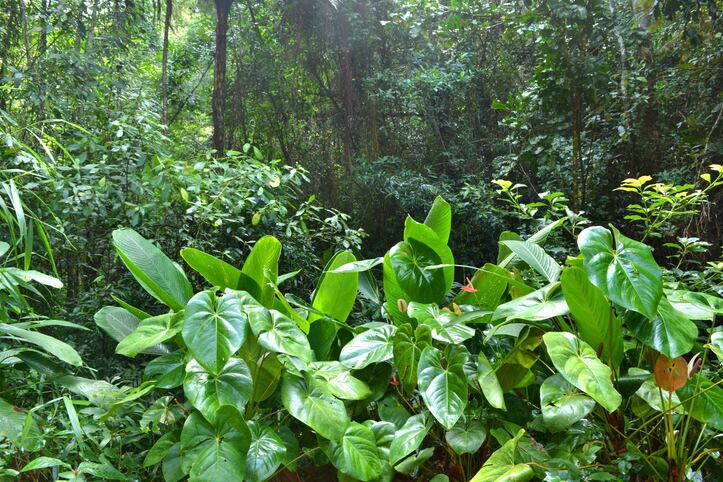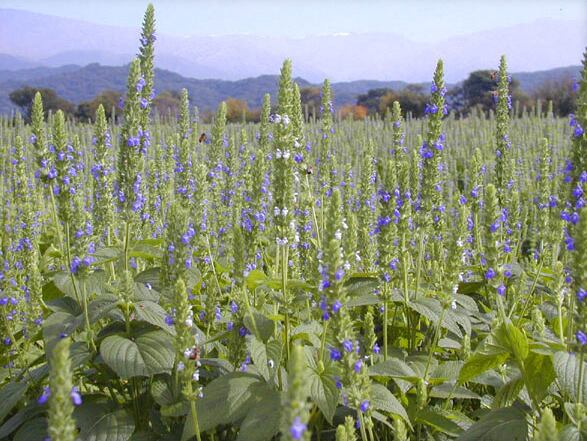Online herbarium resources could boost the conservation of Brazilian botanicals, including the company’s vast store of medicinal plants, according to recent research.
In a recent paper published in the journal Conservation Biology, researchers based in the UK and Brazil looked at how access to virtual herbarium (VH) specimens was helping in the effort to identify, catalogue and assess the conservation status of plants in Brazil.
The virtual herbariums are not a new concept. While physical voucher specimens are still the gold standard, having access to them is not always practicable, especially for researchers in the field or operating on limited budgets.
Virtual herbarium part of larger effort
But the authors noted that few of these herbariums are designed to boost conservation as a primary goal. The Reflora Virtual Herbarium (RVH) is different in that it was specifically created to increase knowledge and conservation of the Brazilian flora. This is being integrated into an official government effort called Flora of Brazil 2020, which will gather together information collected since the program started in 2010. The program funded Brazilian researchers to go overseas, primarily to Kew Gardens in the UK and theNational Museum of Natural History in Paris to gather data on Brazilian plants housed there. Follow on funding that came online in 2014 has allowed additional researcher mobility to travel to gather other botanical resources.
Paper looks at how database has been used
The new paper, titled Enhancement of conservation knowledge through increased access to botanical information was constructed as a meta analysis of a sort. The researchers assessed 806 scientific publications in which Reflora was cited. In addition, they conducted online surveys of people who had accessed the Reflora database to see how they were using the information.
The authors noted that RVH and other virtual herbariums have revolutionized the discovery and conservation of medicinal and other plants.
“[L]arge‐scale digitization, dissemination, and aggregation of herbarium data over the past 2 decades have effectively opened herbaria to the wider global scientific community, which previously had limited and often expensive access, and to myriad other stakeholders who previously had little or no access,” they wrote.
In one stunning example of how the online herbarium resources could be put to use, researchers rediscovered an aquatic plant, Podostemum flagelliforme, in a river in the eastern Amazon that had not been seen since it was first described in 1844. After the 2013 rediscovery, an adjustment to an ecological corridor was made to protect the habitat of this rare plant.
More emphasis on conservation needed
But that was a fairly rare outcome for use of the RVH database, the researchers said.
“If the conservation impact of Reflora resources were to be judged purely from scientific publications that cite them, one would conclude that Reflora impacts are predominantly on the knowing rather than the doing side of the science‐practice gap,” they wrote.
“For a conservation‐focused VH, demonstrating success needs to go beyond the metrics typical of other VHs: number of specimens incorporated, number of user consultations, and number of downloads. Important though these statistics are, they must be complemented by a more detailed and nuanced account of exactly how VH data are used for conservation purposes, including uses presented by geographic area, taxonomic group, and nature of the conservation impact,” they concluded.
Changing the conservation conversation
Stefan Gafner, PhD, chief science officer of the American Botanical Council, said the paper was an interesting assessment of the impact of VH resources.
“I definitely support any efforts to make information on botanicals more widely available,” Gafner told NutraIngredients-USA. “As such I’m supportive of the use of a virtual herbarium, especially in places where access to physical voucher specimens is not easy.”
Some experts in the business of botanical ingredient discovery have opined that Brazil, with its stringent biopiracy laws, is a difficult place to do business. Gafner said that with increasing information, that picture might look different. At the moment Brazilian authorities are erring strongly on the side of caution, so that botanical resources don’t get depleted before they are fully understood.
“If an herbal company had a taxonomist working in Brazil, having access to a resource like this would be helpful in understanding distribution in different geographical areas,” he said.
Source: Conservation Biology
Enhancement of conservation knowledge through increased access to botanical information
26 February 2019 https://doi.org/10.1111/cobi.13291
Authors: Canteiro C, et al.




